These are my best Tips For Gluten Free Pastry. These tips are for a tender, flaky pastry that can be used to make pot pies, meat pies, quiche and more. Gluten free recipes have new instructions and techniques that adjust for the properties of gluten free flour. Be open to learning them and you can remake all your favourite pastry recipes gluten free.
Pastry is intimidating for many home cooks simply because they so rarely make it. I suggest you commit to three baking sessions, that's the magic number. Then you'll know why people used to say, it's as easy as pie. Choose from a whole pie, hand pies, meat pie, quiche or pot pies. There are so many things to make with pastry.
Jump to:
- Get in the Kitchen and Bake
- Pie Pastry vs Tart Pastry
- Tip #1: Measure Ingredients Precisely
- Tip #2: Handle with Care
- Tip #3: Learn The Technique
- Tip #4: Flip and Turn with Confidence
- Tip #5: Know Your Oven
- The Science of Gluten Free Baking
- Resources for Gluten Free Cooks and Bakers
- A Quote for Gluten Free Cooks
Get in the Kitchen and Bake
You can look at pictures and watch videos but there's nothing like getting in the kitchen and doing it. In my cooking classes we make hand pies because it’s easier to learn the technique with a small piece of pastry. Plus we can start from scratch and be eating them in under two hours.
Pie Pastry vs Tart Pastry
In case this is news to you, pie pastry and tart pastry are not the same. Although these tips are applicable to tart pastry, all the examples are referring to pie pastry.
Tarts have a crisp, crumbly crust like a cookie. A tart pan is low and has a removable bottom. A tart is therefore thin and does not have pastry on top. Look at my Bourbon Caramel Pumpkin Tart and you'll immediately recognize the difference.
I use my everyday EGFG flour blend for both pie pastry and tart pastry but the other ingredients are different.
Tip #1: Measure Ingredients Precisely
For best results with baking measure all ingredients precisely. Here are my tips.
- Use wet and dry measuring cups for wet and dry ingredients.
- Liquid cups should be read at eye level. Bend down to read the measure at eye level.
- Dry cups should have flour spooned or scooped into them and then levelled off with a straight edge. Use a ruler, a spreader a knife.
- Use proper measuring spoons, not kitchen spoons. Level the spoon with a straight edge if you're in the habit of over or under measuring.
- Whisk it! - Ingredients like xanthan gum are used in tiny amounts (sprinkle it over the bowl of dry ingredients. Starches like cornstarch and potato starch tend to stick to the side of the bowl. That is why gluten free recipes often say whisk dry ingredients to combine.
Tip #2: Handle with Care
- Pastry is delicate. The pastry needs to be kept cool and not over worked. Follow the recipe directions and keep the recipes that work best for you.
- Start small. Divide the dough into smaller pieces so you have a workable size. Flatten the dough into a disk with your hands then wrap it. Start by making smaller things like hand pies or individual quiches to increase your confidence.
- Keep it covered. Use a generous sized piece of waxed paper or plastic wrap to cover the dough. This will prevent it from drying out and will act as a surface to work on when you’re rolling it out.
- Keep it cool. Pastry is mostly butter so will soften as you work with it. Keep any pastry you are not working with wrapped in the fridge. At any point if your dough is too soft put it back in the fridge for 10-15 minutes. (Another reason to work on a flexible cutting mat.)
Tip #3: Learn The Technique
- Use a rolling pin. A straight edged drinking glass or a wine bottle will work but a rolling pin is the tool if you want to make pastry more than once.
- Start in the center. Gently roll dough from the center toward the outer edge. Lift and come back to center, roll in another direction and repeat.
- Lift at the edges. As you roll toward the edge LIFT being careful not to roll right off the dough and flatten the edges. They will burn if they are thinner than the rest of the pastry.
Tip #4: Flip and Turn with Confidence
- Just like rolling; flipping and turning pastry is a technique. The more you do it the better you’ll be at it.
- Use the wrap. Leave the pastry on the waxed paper as you roll it out making it easier to move. I also slip a flexible cutting mat underneath the waxed paper to give more support and make it easy to flip.
- Prevent sticking. As you roll out pastry the flour is absorbed and the dough becomes sticky. Sprinkling the dough with flour makes it easy to turn, cut and transfer to a baking sheet yet still keep its’ shape. Sweet rice flour is perfect for sprinkling; keep a jar or bowl of it on the counter as you work.
- Sprinkle lightly. Too much extra flour makes the dough tough! Sparingly sprinkle the rolling pin and both sides of the pastry when you start. Each time you flip the pastry carefully check if the paper easily peels off. Only add flour if the dough is starting to stick. You need your cut out pastry shapes to easily come off the paper to transfer to a baking sheet.
Tip #5: Know Your Oven
Pastry typically cooks at a high temperature but every oven is different. Here are a few tips to help during the baking process.
- Hot spots. Rotate your pans half way through the cooking time if needed.
- Extra insulation. If the bottom of your pastry browns too quickly, double up the baking sheet to provide extra insulation.
- Cover with foil. Sometimes you just need to cover the edges of your pastry and let the filling cook through.
- Oven Thermometer. Use an oven thermometer if you consistently have trouble with all your baking and learn to adjust recipes accordingly.
The Science of Gluten Free Baking
America’s Test Kitchen shares the science of gluten free baking in their gluten free cookbook series. They tested and tasted more times than any home cook could ever do. They figured it all out and share it all with the reader. Some tips are specific to a certain recipe (see two examples below).
- Xanthan gum adds the necessary structure for pie.
- Sour cream makes pastry easier to work with.
- Rice vinegar makes a more flaky, tender pastry than lemon juice.
- Quiche - The raw dough is sprinkled with Parmesan cheese to prevent it from becoming soggy.
- Pumpkin Pie - Adding warm filling to a partially baked crust helps the pastry and filling cook evenly.
Resources for Gluten Free Cooks and Bakers
Any of these cookbooks would be an excellent resource, or gift, for gluten free cooks with any level of experience.
- The How Can It Be Gluten Free Cookbook (out of print but can be found in libraries and second hand bookstores)
- The How Can It Be Gluten Free Cookbook Volume 2
- How Can It Be Gluten Free Cookbook Collection: 350+ Groundbreaking Recipes for All Your Favorites - A compilation of the first two books.
A Quote for Gluten Free Cooks
You can make gluten free pastry even if you've never baked before. Start with the tips here and just get started! Like the gluten free diet in general, it does get easier.
"Everything is hard before it's easy."
J. W. Goethe
__________________________________________________________________________
New here? I've got help to get you from overwhelmed and frustrated to confidently cooking gluten free food the whole family wants to eat. Subscribe and get your free resource, 29 Tips for GF flour.
🎉 I made it into the Top 100 Gluten Free Blogs for 2025 and the Top 40 Gourmet Food Blogs. To learn all the ways I can help you click here, Everyday Gluten Free Gourmet.
_________________________________________________________________________

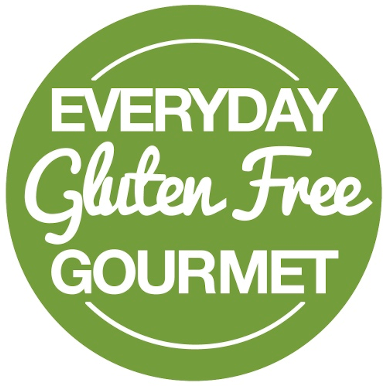
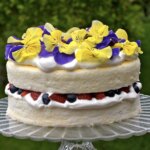
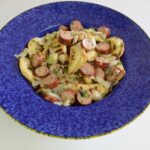

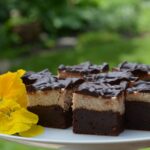
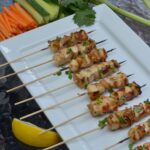
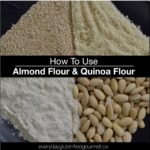
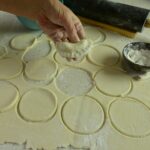
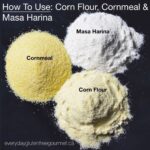
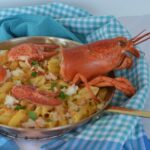

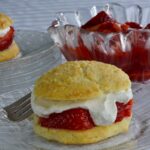
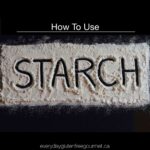
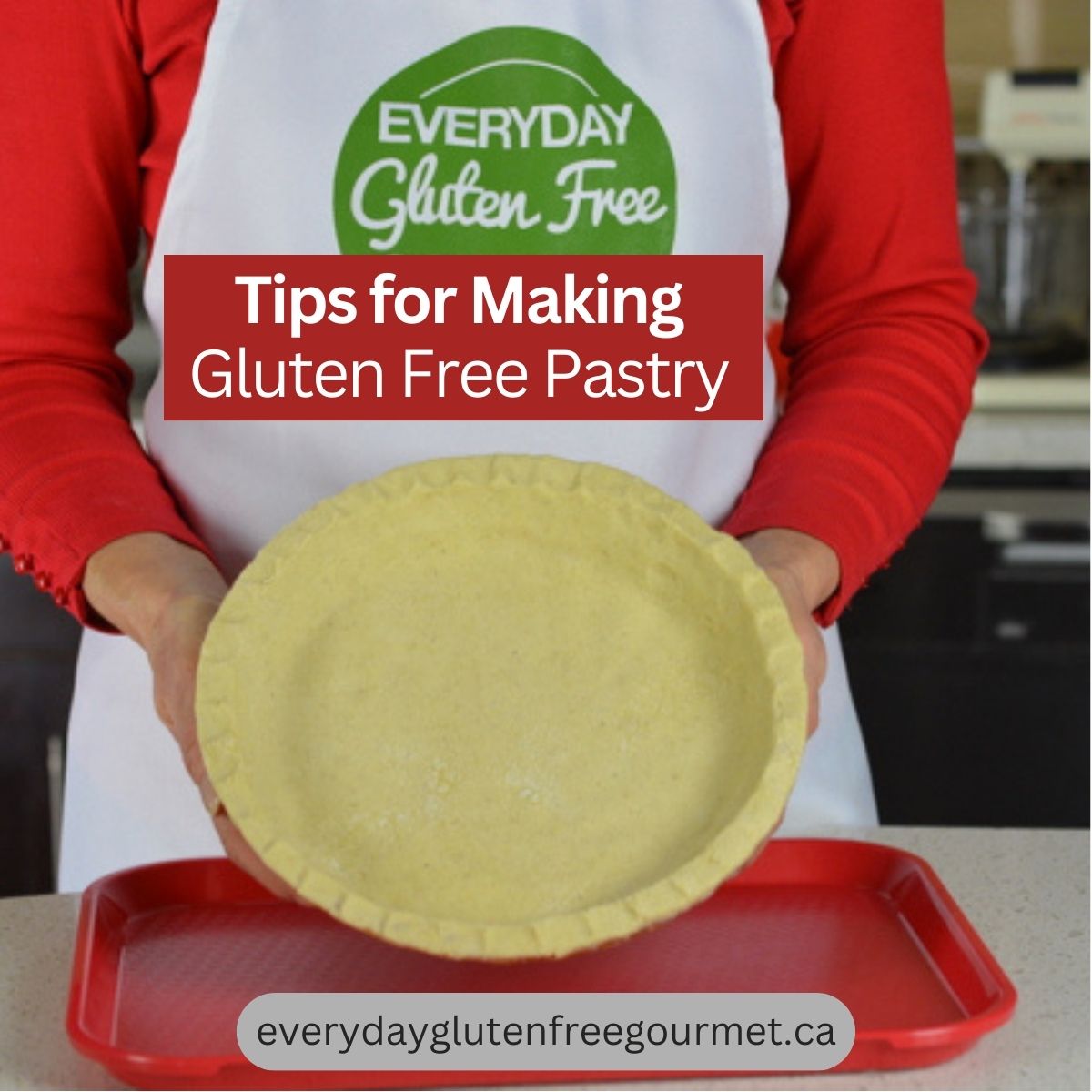
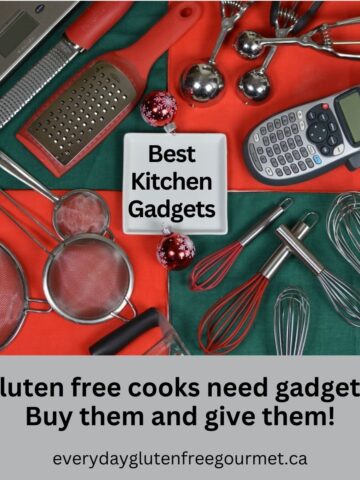
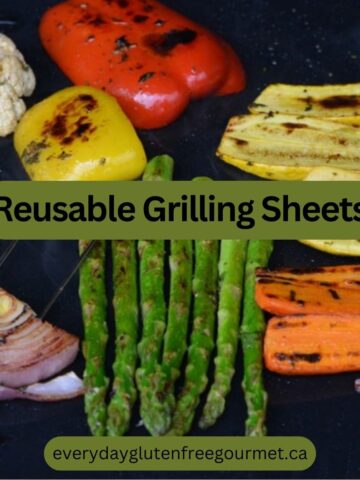


Leave a Reply